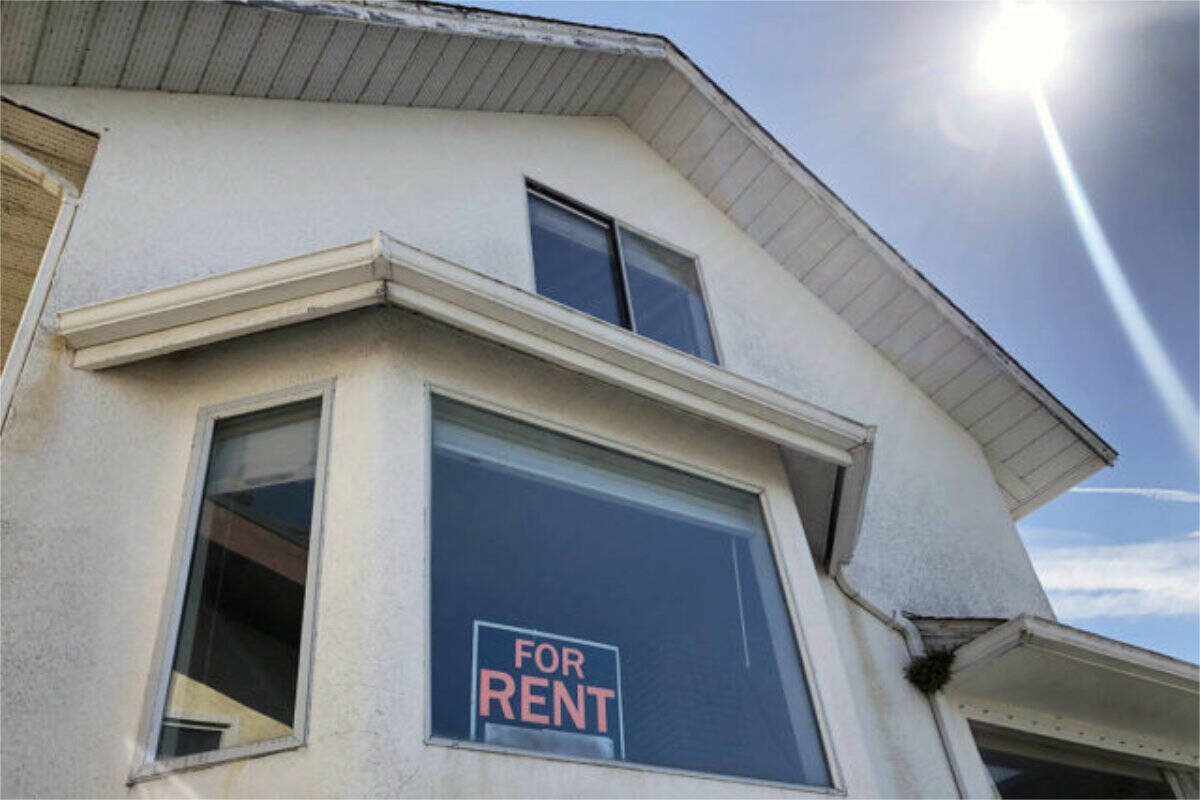B.C. remains one of the most expensive rental markets in Canada, but new Statistics Canada findings show the province gets even more costly if you factor in how people get fewer amenities for their money.
The data agency released a study this month that looks at what amenities are included for renters across the country and how that impacts what they end up paying.
“Accounting for rental inclusions provides valuable insight into housing decisions and the rental costs borne by Canadian renters,” StatsCan said.
Seven in 10 Canadian renters get water and municipal services included in their monthly costs, while one-third receive electricity and just over half don’t have to pay extra for parking.
With a third of Canadians being renters, Statistic Canada said not accounting for the inclusion of things like utilities, appliances or air conditioning in rent undermines the ability to accurately compare markets across the country.
While comparing B.C. and Ontario – hosts to some of the country’s most expensive rental markets – StatsCan’s data shows factoring in amenity inclusions is important to truly determine affordability. The inclusion of air conditioning was highlighted as how one amenity can influence the costs across different regions.
Only Manitoba and Saskatchewan renters are more likely to get air conditioning included than Ontario, where 27 per cent don’t pay extra for cooling amid their hot and humid summers.
Nine per cent of B.C. renters get AC included, which puts the province behind only Newfoundland and Labrador (at eight per cent) for the lowest rate in Canada when excluding the territories.
The study used 2021 figures showing the average rent in B.C. was $1,370 and $1,290 in Ontario. After accounting for the different air conditioning inclusion rates, the rent gap between the two provinces grew from $80 to $129.
“These findings support the need to consider rental inclusions when comparing rental costs,” the study said.
Rental data deserves attention as the study highlighted the “elevated levels of precarity renters face.” It pointed to how renters are more likely to be in core housing need – meaning they’re less likely to have affordable or suitable homes – and when compared to owners, tenants experience less favourable socioeconomic conditions, they have a lower sense of community belonging and they face worse health outcomes.
StatsCan said future research on housing affordability would benefit from factoring in rental inclusions. The agency added those studies could also benefit from a broader set of rental inclusion variables that differentiate dwellings, like in-building or in-suite laundry and gym access.
READ: Feds should front a third of student housing costs, NDP’s Singh says at UVic

